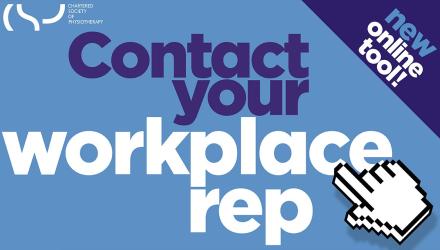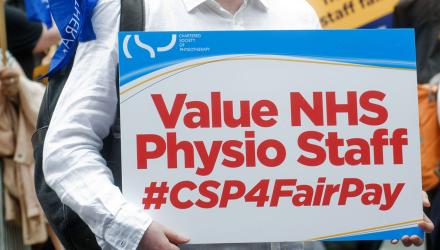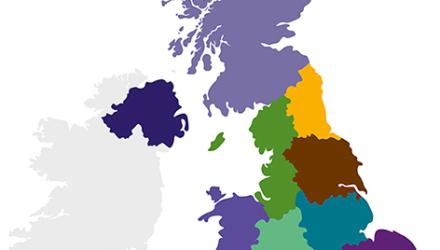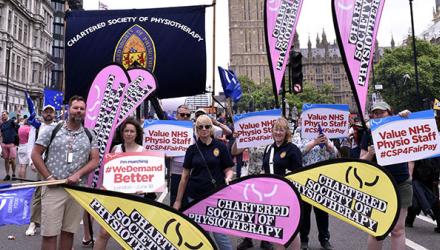Find out how the Strikes (Minimum Service Levels) Act, also known as the Right to Strike Act, may affect you and what action you can take
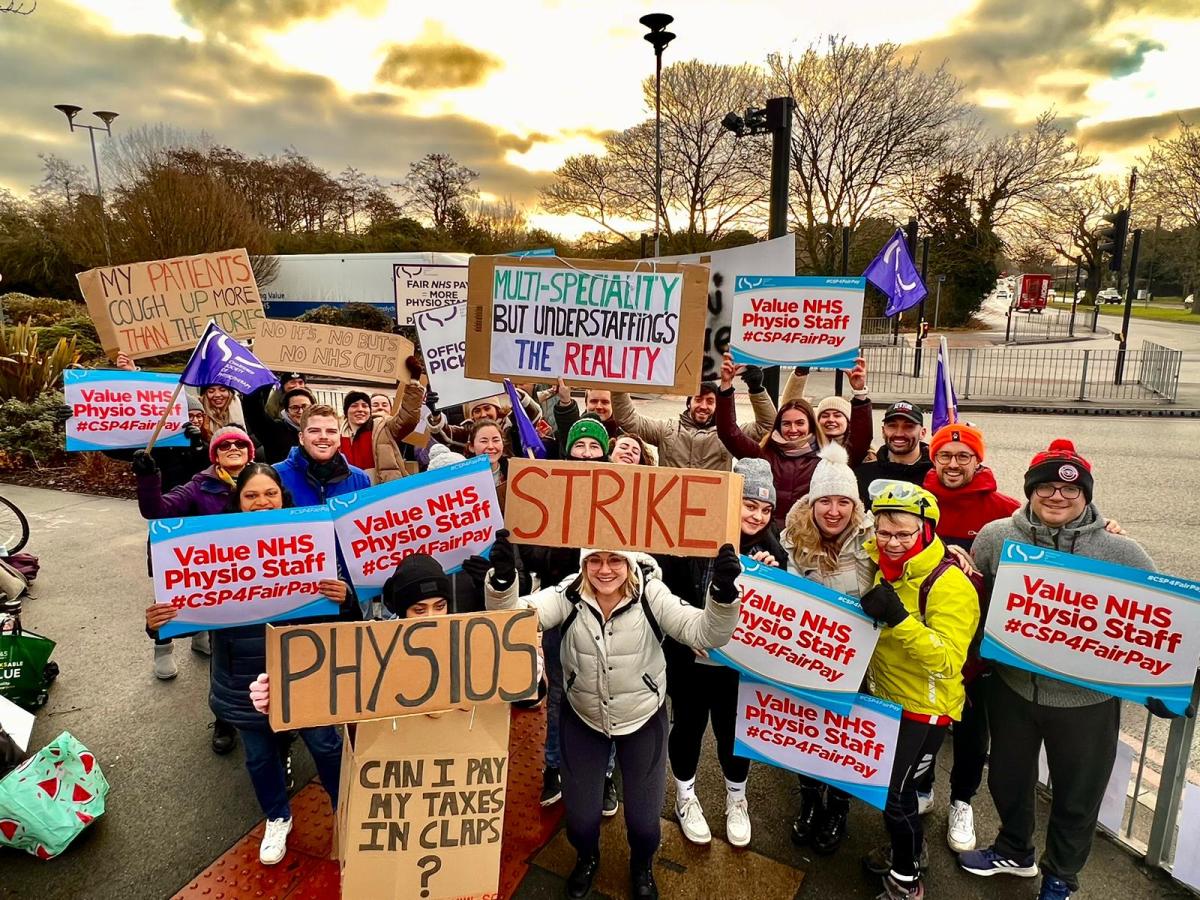
The government rapidly pushed through the Strikes (Minimum Service Levels) Act, otherwise known as the ‘Right to Strike’ Act, in 2023. The Act received Royal Assent on 20 July and has become law.
This will mean that when workers lawfully vote to strike in health, education, fire, transport, border security and nuclear decommissioning, they could be forced to attend work – and sacked if they don’t comply. This undemocratic new law could curtail the right to strike for one in five workers.
Regulations can be introduced to specify the minimum service level that applies to the services within any of the key sectors outlined above. Once regulations are in place, employers that provide the services set out in the regulations can issue a work notice to specify the workforce required and the work to be done to secure the minimum service level. If a person specified in the work notice took strike action, they could lose their protection from auto unfair dismissal.
Consultation on hospital services
The Department of Health and Social Care has consulted on introducing minimum service levels in hospital services in England, Scotland and Wales. The consultation closed on 14 November and we now await the outcome.
In our response, we argued that minimum service levels are unfair, undemocratic, and likely to be in breach of our international legal commitments. If introduced in hospitals, minimum service levels would undermine the long-established practice of having local arrangements, known as derogations, with hospital employers to ensure that patient care and safety is maintained during any industrial action.
In parallel, we sent a delegation to a special congress of the Trades Union Congress (TUC) on 9 December. There, the CSP discussed the next stages of the joint union campaign against these anti-strike laws,
Ministers have also the followed up with a revised code of practice on the “reasonable steps” unions should take to ensure members comply with MSLs during strike action.
Why is this important?
The new law undermines key workers' right to strike. As the cost-of-living crisis continues to hurt workers everywhere, we need to be able to stand together.
These laws will do nothing to fix this crisis – they will make it even harder for working people to get pay rises and tackle the ongoing issues in their sector.
The Act could have had a disproportionately negative impact on women – sectors including health and education are largely female workforces.












